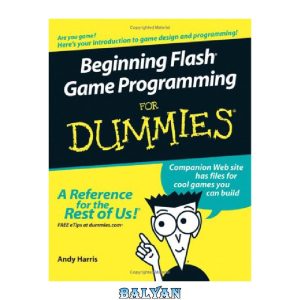This book is part of a wider project that aims to propose a model GATT that makes good economic sense without undoing its current basic structure. It asks: What does the historical record indicate about the aims and objectives of the framers of the GATT? To what extent does the historical record provide support for one or more of the economic rationales for the GATT? The book supports that the two main framers of the GATT were the United Kingdom and the United States; developing countries’ influence was noticeable only after the mid-1950s. The framers understood the GATT as a pro-peace instrument; however, they were mindful of the costs of achieving such a far-reaching objective and were not willing to allocate them disproportionately. This may explain why their negotiations were based on reciprocal market access commitments so that the terms of trade were not unevenly distributed or affected through the GATT.
ترجمه فارسی (ترجمه ماشینی)
این کتاب بخشی از یک پروژه گسترده تر است که هدف آن ارائه مدلی از گات است که بدون از بین بردن ساختار اصلی فعلی آن، منطق اقتصادی خوبی داشته باشد. می پرسد: سوابق تاریخی در مورد اهداف و مقاصد تدوین کنندگان گات چه چیزی را نشان می دهد؟ سابقه تاریخی تا چه حد از یک یا چند دلیل اقتصادی برای گات پشتیبانی می کند؟ این کتاب تأیید می کند که دو تنظیم کننده اصلی گات، بریتانیا و ایالات متحده بودند. نفوذ کشورهای در حال توسعه تنها پس از اواسط دهه 1950 قابل توجه بود. تدوین کنندگان گات را به عنوان ابزاری حامی صلح می دانستند. با این حال، آنها به هزینه های دستیابی به چنین هدف گسترده ای توجه داشتند و حاضر به تخصیص نامتناسب آن ها نبودند. این ممکن است توضیح دهد که چرا مذاکرات آنها بر اساس تعهدات متقابل دسترسی به بازار است، به طوری که شرایط تجارت به طور نابرابر توزیع نشده یا از طریق گات تحت تأثیر قرار نگرفته است.












نقد و بررسیها
هنوز بررسیای ثبت نشده است.